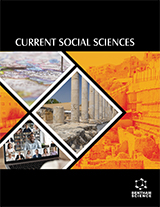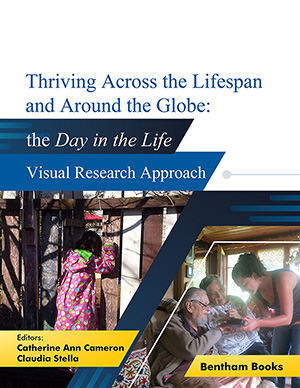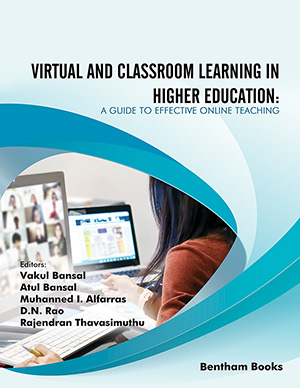Abstract
An analysis of transport’s future in Sydney and Australia is undertaken. The benefits of public transport, especially that of rail, are outlined. These are contrasted with other, less desirable forms of ‘personalised’ and privatised mobility such as the automobile. It is argued that the impact of mobility is an all encompassing one, not by any means restricted to the corridors through which trains, buses and cars travel. It also encompasses urban development, patterns of poverty distribution and the location of important services such as health and education. It is argued that the development of highly privatised transport systems has exacerbated their provision. It is recognition that being stationary is not an option for contemporary citizens. Too much hangs on having access to a high quality and comprehensive public transport and that the opportunity costs flowing from its absence are significant ones. It is argued that though governments have begun to recognise the need to ameliorate the transporting experience, they need to go much further and undertake a mobility turn that would lessen the dependence on automobility.
Keywords: Apartmentalisation, automobility, environmental sustainability, intraurban rail, private versus public transport, rail transport, Sydney.













